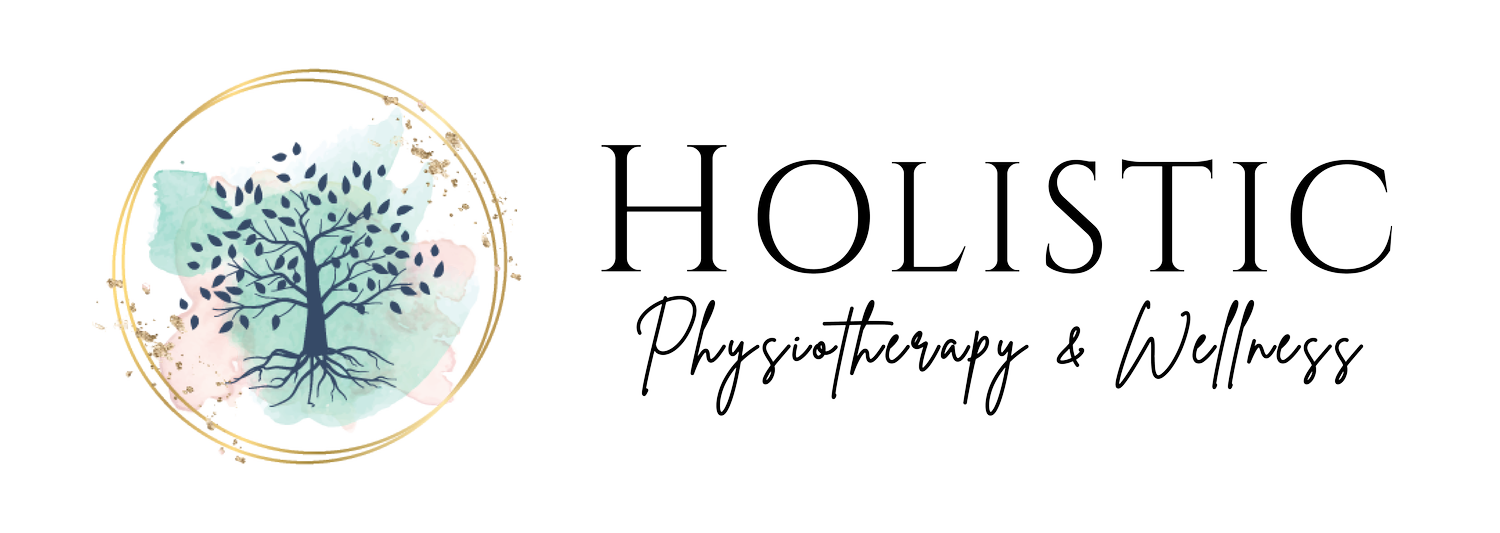Healthy Rest and a Bedtime Routine for the University Student
Written by Kim Deschamps | Sept 10, 2019
Getting enough sleep is vital for staying on top of your game and being your best self to serve others. The quality of sleep you get is just as important as the quantity. If either one of those is lacking, then your daytime energy and productivity levels will bear the brunt. Not to mention, your overall health is directly affected too! Try to set aside half an hour before bed to wind down with a book, or whatever it is that helps your brain slow down after a busy day. This is where a sleep/bedtime routine can be very helpful.
Your wind-down period should also be a totally screen-free zone. This is because blue light immediately before bed significantly affects your sleep quality by preventing your body from releasing natural melatonin that helps you fall asleep. Be sure to put your phone on silent before you go to bed. Leave your phone outside of your bedroom along with your laptop. Your bed should be for sleep and sleep only. This means making it a work-free/ study-free zone—no answering emails, social media scrolling, studying, or working on that dreaded term paper in bed. Find a separate space in your home or in your room (if that is your only option) for study and homework. It is so important that you keep your bed strictly for sleeping. I have personally made it my mission to charge my phone in the outlet in our bedroom bathroom so that it is away from my bedside table. I was terrible for doing some last-minute work, social media scrolling, checking my work schedule, bank account, etc before bed. This was a terrible habit and removing it was the first thing that I did to improve my sleep quality.
Let’s explore some suggestions for building a bedtime routine.
Prep your lunch, snacks, supper for the next day. Perhaps even prep your breakfast so that it is super easy to sit down and make sure you enjoy a healthy meal to start your day.
Take a shower/bath approximately 30-60 mins before bedtime- this will increase your basal temperature which preps your body to cool off and slip into a deep sleep once your head hits the pillow.
Get ready for bed (ie. Brush your teeth, wash your face, etc.)
Enjoy some light reading or journaling in your cozy spot in your home. My cozy spot is my nest chair in my soft lit living room with some soothing jazz music in the background. I surround myself with what brings me comfort. Warm soothing tea or golden milk, a cozy blanket, my tarot cards, and my evening journal. I may choose to read some fiction to allow my mind to slip away from the business of my day.
Perhaps this is a time that feels right for you to meditate or enjoy some restorative yoga. This is a great way to prep your body and make it aware that sleep is coming.
Your room should be dark, clutter free, cool in temperature (a cool temperature helps set you up for success to fall asleep), and cozy. No tv. No phone. An eye mask and ear plugs can be super helpful to remove distraction.
Once you have snuggled up in bed, this is a perfect time to return to your breath. Notice the air entering in through your nose and gently moving out of your nose. Extend awareness to the gentle movement of your belly and ribs. Focus on letting muscle tension melt away. Extend compassion and gratitude to yourself… You did enough today. Embrace the good and let go of that ‘to do list’.
Please reach out if you have any further questions about how to improve your sleep. Healthy rest is an important piece to my treatment plans with patients for their overall health and wellness, injury recovery, and rehabilitation journey.
In health,
Kim Deschamps
Kim Deschamps
Physiotherapist
Yoga Therapist
Pelvic Health Physiotherapist


